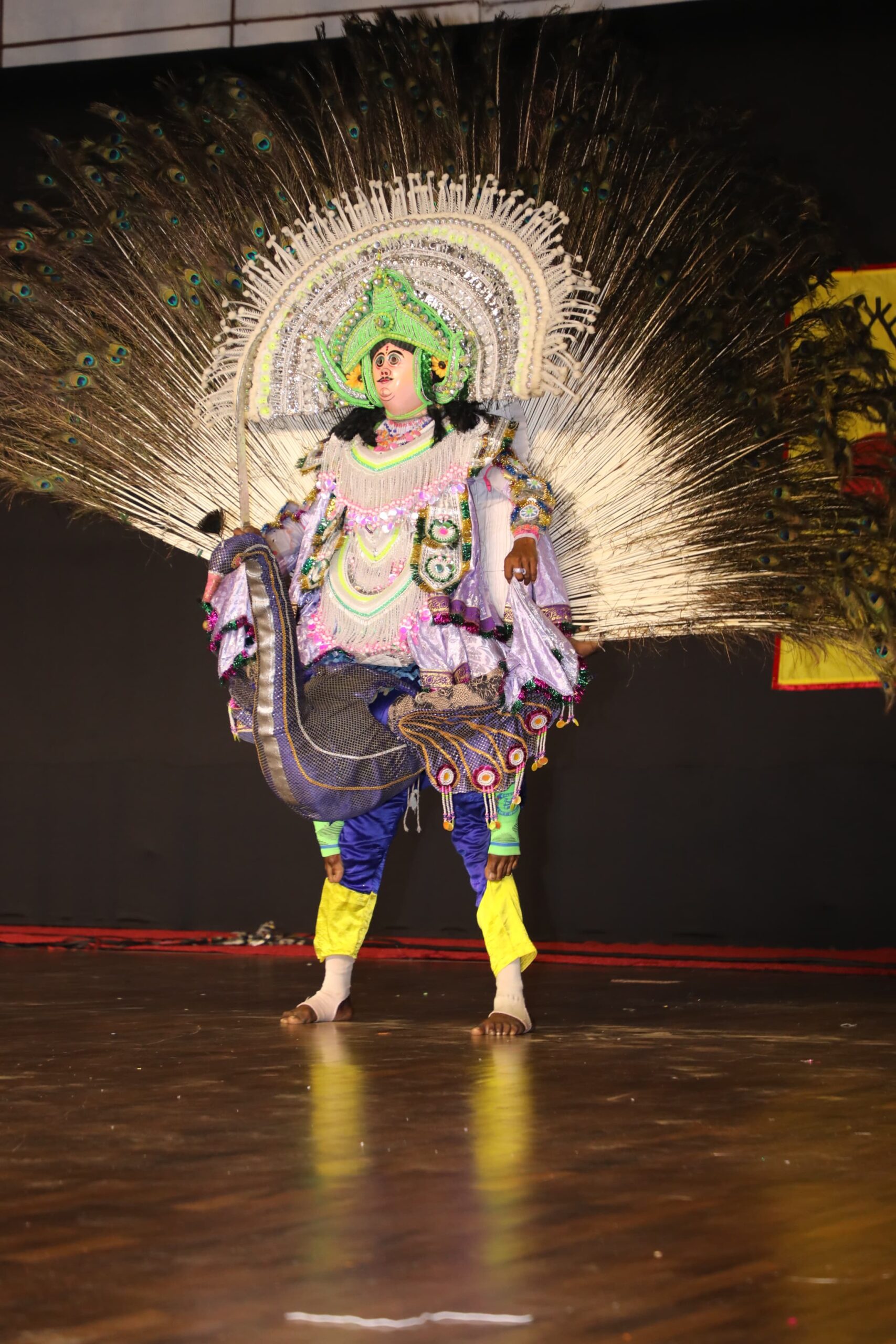
Internationally, there are successful case studies of countries in intangible cultural heritage development and education. Several countries have successfully developed and promoted their intangible cultural heritage: For example, Japan has made efforts in preserving traditional performing arts like Noh and Kabuki theatre. Japanese practices like tea ceremony and Ikebana (flower arranging), involve government support, community participation, and integration into education.
Similarly, the Cultural Heritage Administration of South Korea actively promotes intangible heritage through documentation, preservation programmes, and festivals. The annual Andong Mask Dance Festival is a notable example.
France too has successfully promoted its gastronomic traditions, leading to the recognition of the “Gastronomic Meal of the French” as an intangible cultural heritage by UNESCO. Educational programmes and culinary schools play a significant role here.
So what comprises India’s intangible cultural heritage?
On May 28 and 29, 2024, the Ministry of Tourism of the Government of India organised a workshop in New Delhi where I had an opportunity to deliberate on India’s intangible cultural heritage as a panelist in the capacity of the national vice chairperson of the Society for the Promotion of Indian Classical Music And Culture Amongst Youth (SPIC MACAY), a voluntary youth movement which has been promoting intangible aspects of Indian cultural heritage.
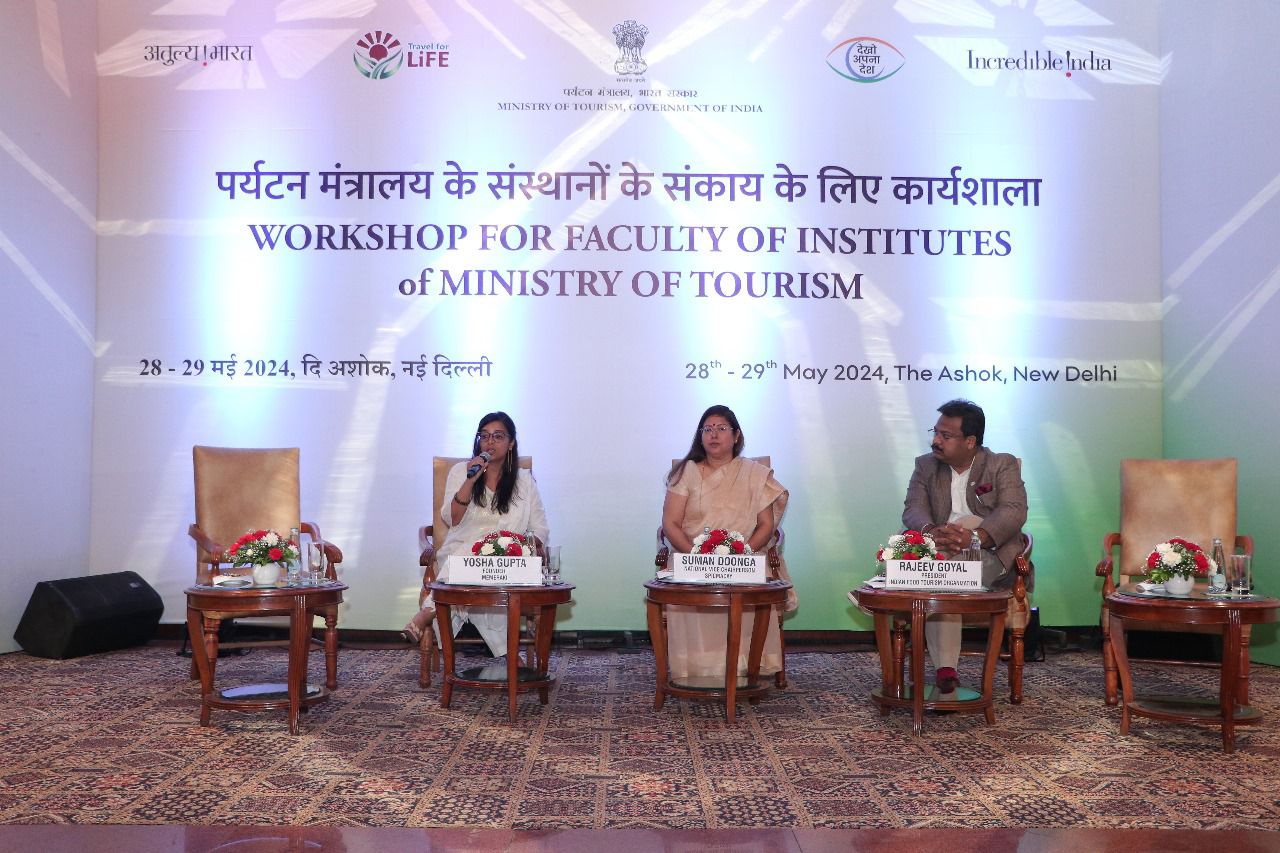
We are proud of the fact that what people are talking of today, SPIC MACAY started focusing on these issues more than 50 years ago. Back then, our founder Dr Kiran Seth realized India’s intangible cultural heritage was under threat and needed reintroduction among the young generation to save its future.
India’s Intangible heritage is the finest in the world. It encompasses a vast array of traditions, practices and expressions that have been passed down through generations.
This heritage includes the following and all of them are showcased in detail by SPIC MACAY in its various activities:
Performing Arts: Classical music (Hindustani and Carnatic), classical dance forms (Bharatanatyam, Kathak, Odissi, Kuchipudi, etc.), folk music and dance, and traditional theatre (Yakshagana, Kathakali, etc.).
Oral Traditions: Folklore, myths, legends, storytelling traditions like Pandavani and Baul songs.
Traditional Craftsmanship: Handicrafts (weaving, pottery, metalwork, painting), artisanal skills, and traditional clothing techniques.
Social Practices, Rituals, and Festive Events: Festivals (Diwali, Holi, Navratri, Durga Puja), rituals associated with life cycles and seasons, and community gatherings.
Knowledge and Practices Concerning Nature, Universe: Traditional medicine (Ayurveda, Unani), agricultural practices, and ecological knowledge.
How does a modern-day tourist engage with intangible cultural heritage?
To my opinion, modern-day tourists can engage with India’s intangible cultural heritage in various enriching ways. Some of them are as follows:
Food and Cuisine: Participating in cooking classes, food festivals, and culinary tours that showcase regional specialities and traditional cooking methods. Here I must mention that SPIC MACAY focuses on Holistic Food.
Performing Arts: Attending live performances of classical and folk music and dance, as well as theatre shows. Tourists can also participate in workshops and interact with artists.
Art and Craft: Visiting craft villages, artisan workshops, and local markets. Engaging in hands-on activities like pottery making, weaving, or painting traditional motifs.
Festivals: Participating in cultural festivals and local celebrations, which provide an immersive experience of rituals, performances, and community activities.
I feel proud to mention that SPIC MACAY does all of these activities mentioned above for students and young people through lecture demonstrations, workshops, annual conventions, VIRASAT series. The same can be done for tourists and lay people by the Government of India at popular public places.
How can we innovatively educate our youth and students on the importance and potential of our intangible strengths?
We at SPIC MACAY have adopted several innovative approaches to educate youth and students on the importance of intangible cultural heritage. They include intensive workshops with artisans and performers in schools and colleges to provide hands-on experience; and digital platforms where we utilise social media, apps, and virtual reality to create engaging and accessible content about cultural practices and traditions.
Faculty, schools, and universities can play a pivotal role in immersing students in the richness of India’s intangible cultural heritage as shown by SPIC MACAY across India.
We encourage students to participate in projects that involve documenting and promoting local traditions through multimedia presentations or community outreach. Besides, we advocate incorporating cultural heritage topics into the educational curriculum across various subjects, such as history, art, and social studies.
We organise field trips and cultural immersion programmes, where we arrange visits to cultural sites, festivals, and workshops where students can experience heritage firsthand. We also invite artists, craftsmen, and cultural practitioners to share their knowledge and skills directly with students.
For example, SPIC MACAY just concluded a week-long international convention at the Indian Institute of Technology-Madras (IITM), which was inaugurated on May 20, 2024, by Maestro Isaignani Ilaiyaraaja (Padma Vibushan). The session started with a morning performance by Vidwan Seshampatti Sivalingam (Padma Shri), renowned Nadaswaram artist of Sri Kanchi Kamakoti Peetam, and from the second day till the last one, every day at 4 am, in bhramahurat, the delegates attended various intensives like Hatha yoga and Naad yoga as well as Gurbani/meditation sessions under the guidance of eminent gurus such as Ustad F Wasifuddin Dagar, Malladi Suri Babu, to name a few.
The delegates participated in different intensive workshops like Carnatic vocal by Neyveli Santhanagopalan (Sangeet Natak Akademi awardee) and Malladi Suri Babu (SNA awardee), Hindustani vocal by Ustad Raja Miyan, Dhrupad by Ustad F Wasifuddin Dagar (Padma Shri), Gurbani by Dr Alankar Singh, Sattriya by Guru Gopiram Burha Bhakat (Padma Shri), Bharatanatyam by Guru V.P. Dhananjayan and Shanta Dhananjayan (Padma Bhushan), Kuchipudi by Vidushi N Sailaja (SNA Awardee), Kathak by Sunayana Hazarilal (Padma Shri), Mohiniyattam by Kalamandalam Sugandhi (Sangeet Natak Akademi Awardee), Odissi by Vidushi Madhavi Mudgal (Padma Shri), Kathakali by Kalamamdalam M.P.S. Namboodiri (SNA awardee), Pung Cholom by Khumukcham Romendro Singh, Purulia Chhau by Tarapada Rajak, Theatre by Ram Singh of Naya Theatre, Singhi Cham by Chabilal Pradhan, Hatha Yoga by Swami Tejomayanand Saraswati (Bihar School of Yoga), Swami Tyagrajanand Saraswati and Meditation by Brahma Kumaris Sister Manisha.
The delegates also attended crafts workshops like Puppetry by Sudip Gupta (SNA Awardee), Tikuli painting (Bihar) by Ashok Kumar Biswas (Padma Shri), Gond tribal painting (Madhya Pradesh) by Bhajju Shyam (Padma Shri), Mughal Miniature painting (Rajasthan) by Janab Shakir Ali (Padma Shri), Roghan art (Gujarat) by Janab Abdul Gafur Khatri, Mask Making (Majuli Assam) by Hemchandra Goswami (Padma Shri), Terracotta (Tamil Nadu) by VK Munusamy(Padma Shri). Besides, there was Music in Prayer comprising Qawwali by the Warsi Brothers from Hyderabad (SNA Awardee).
This week-long international convention (20th May – 26th May) was attended by a total of 1300 delegates and it featured 70 performances and a total of 33 intensives including classical music, dance, yoga as well as arts and crafts by renowned maestros of our country.
We have plans to incorporate cultural heritage into lessons by developing curriculum materials that include the study of local and national traditions, emphasizing their historical and contemporary relevance. We also encourage research and documentation projects for students and guide them on various aspects of intangible cultural heritage, promoting fieldwork and interaction with communities. Moreover, we facilitate student participation in cultural festivals. This way we encourage their involvement in organizing and participating in cultural festivals and heritage events, fostering a sense of ownership and appreciation.
By adopting these strategies, faculty can significantly enrich students’ understanding and appreciation of India’s intangible cultural heritage, ensuring its preservation and vitality for future generations.
Finally, I am also glad to share that SPIC MACAY has proposed to sign Memorandums of Understanding with Hotel Management institutes of India (more than 70) to start Heritage Clubs and hold SPIC MACAY events on their campuses.



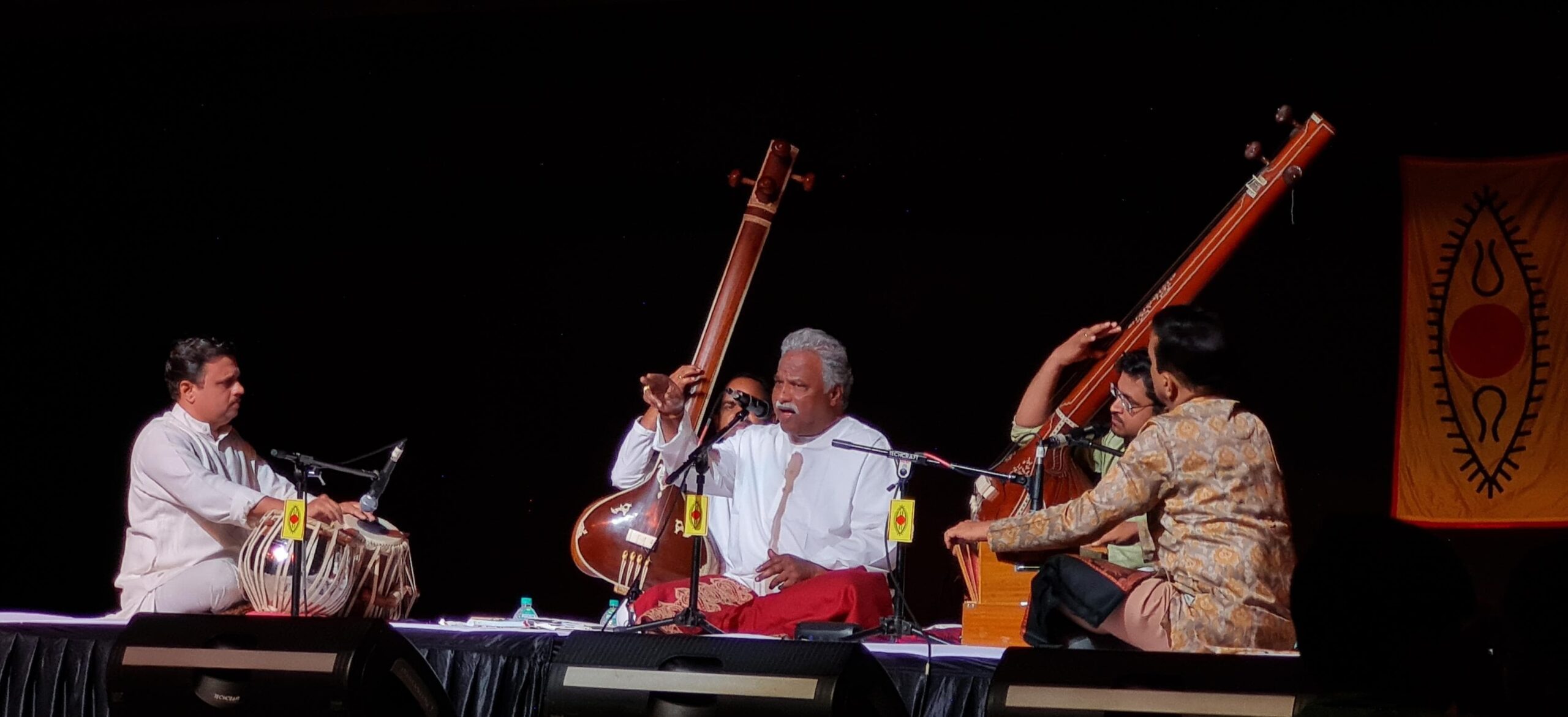
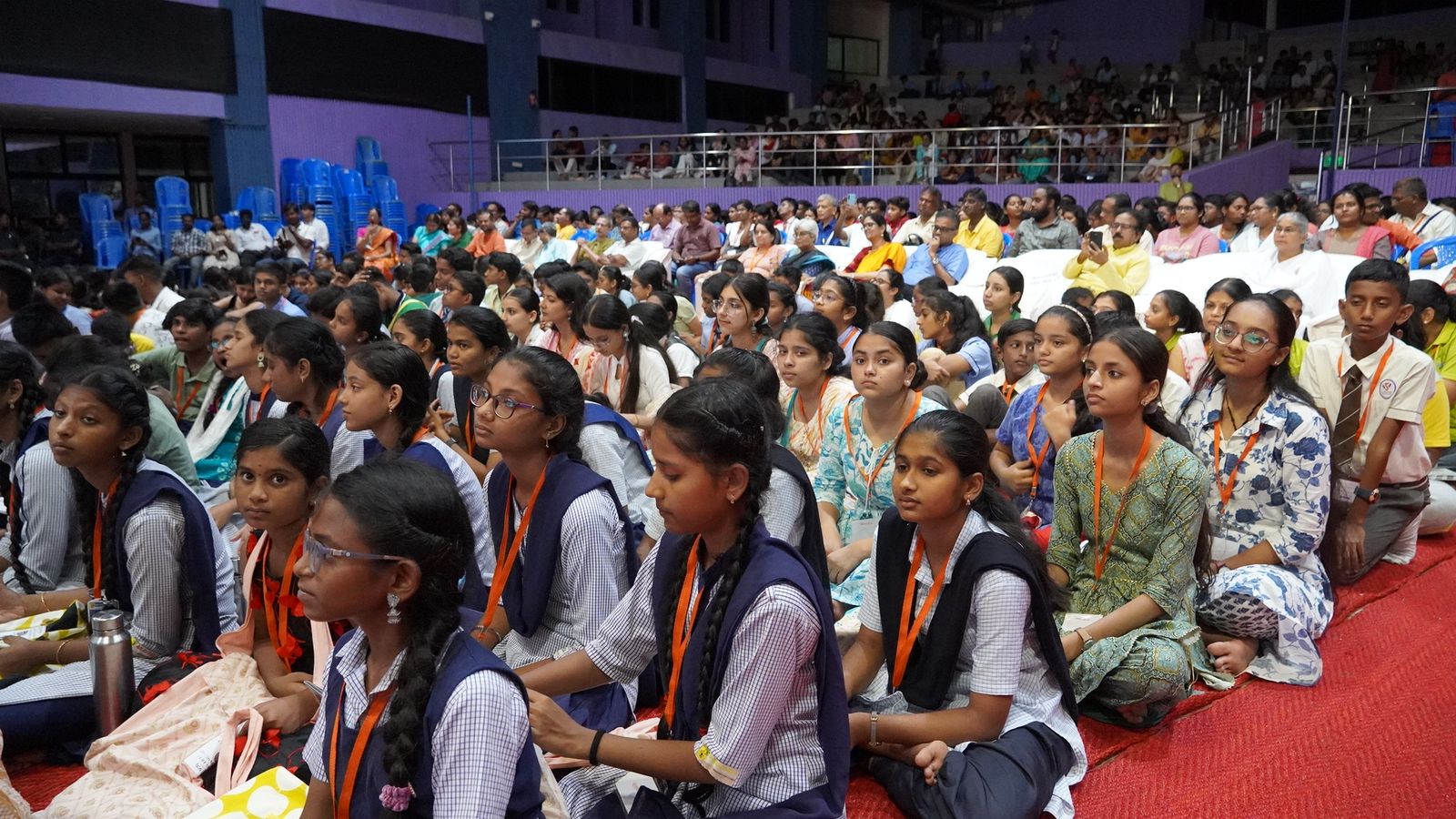
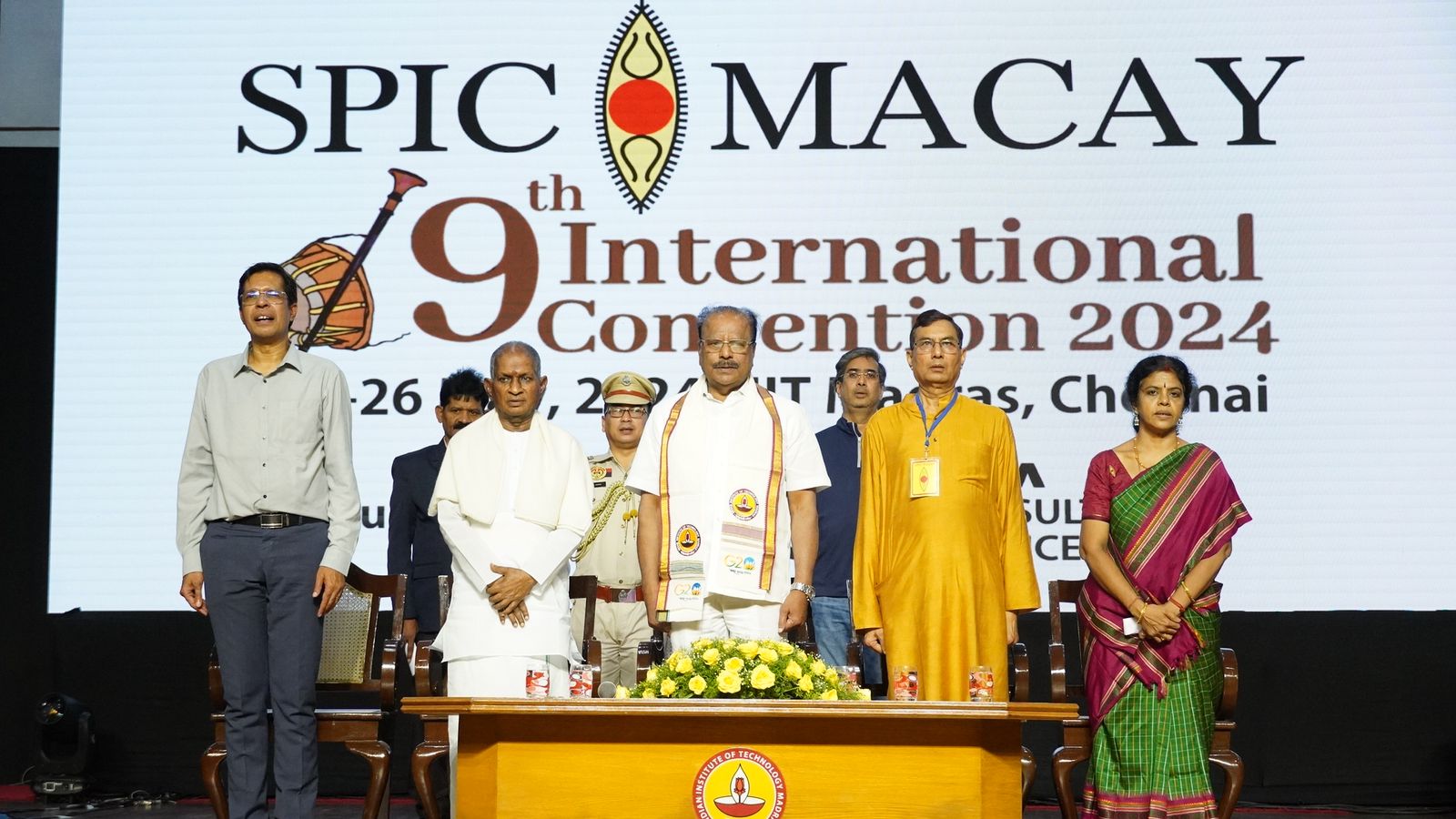
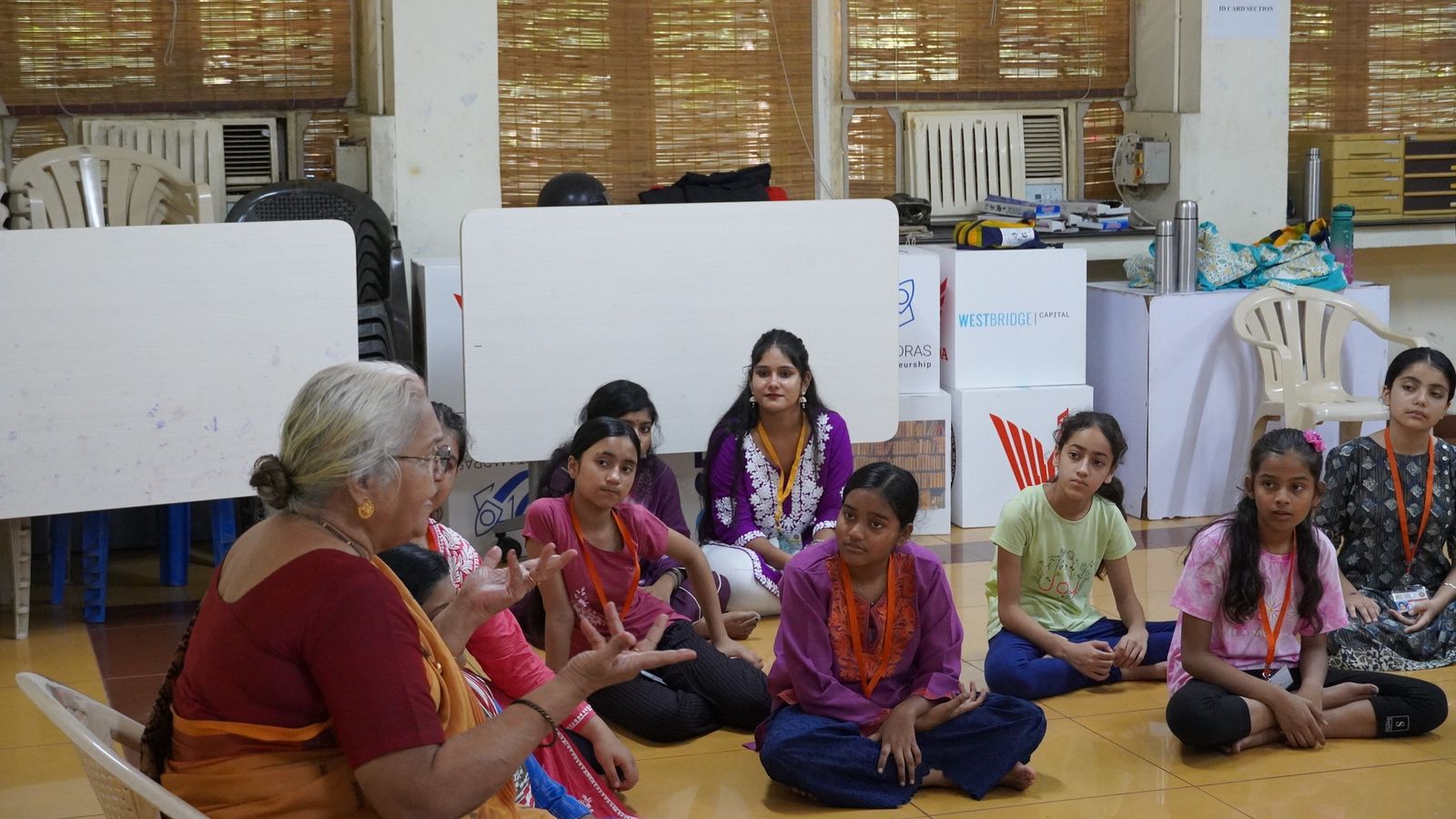




Excellent support to art and culture always given by Global Bihari ❤️❤️🙏